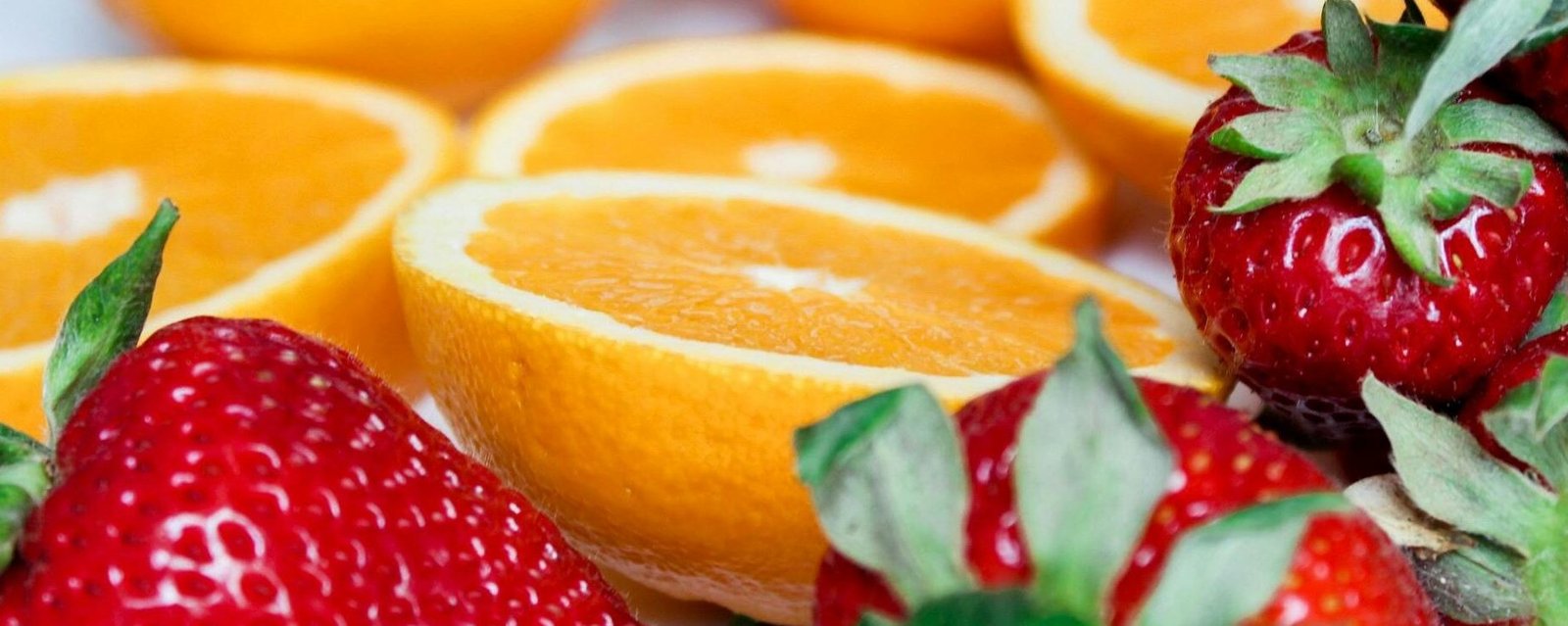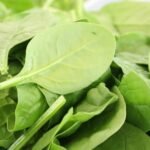Learning how to store fresh produce to last longer is essential for every household. It helps reduce food waste, saves money, and ensures you always have crisp, flavorful fruits and vegetables ready for every meal. Whether you’re storing leafy greens, crunchy carrots, or juicy berries, the right techniques make all the difference.
This blog will guide you through effective storage practices, from moisture control to ethylene gas management. By the end, you’ll be able to keep your groceries fresher for much longer.
1. Know What Goes in the Fridge and What Doesn’t
The first rule of how to store fresh produce is understanding which items need refrigeration.
Store in the Refrigerator:
- Leafy greens like spinach and lettuce
- Carrots, radishes, and broccoli
- Apples (after ripening)
- Grapes and berries
Store at Room Temperature:
- Potatoes, onions, and garlic
- Bananas and avocados (until ripe)
- Tomatoes (cold affects flavor)
- Citrus fruits in a cool, dry place
Always separate fruits and vegetables based on their ideal storage conditions to prevent spoilage and maintain flavor.
2. Control Moisture Effectively
Moisture is one of the biggest culprits behind spoiled produce. Excess water can promote mold, while too little dries out your food.
Pro Tip: Wrap leafy greens in a clean paper towel before placing them in a reusable produce bag or container. For mushrooms, avoid plastic—use a paper bag instead. Moisture control is a game changer for longer shelf life.
3. Separate Ethylene Producers from Sensitive Items
Ethylene is a natural gas that some fruits release, speeding up ripening—and in some cases, spoilage.
Ethylene Producers:
- Apples
- Bananas
- Avocados
- Tomatoes
Ethylene-Sensitive Produce:
- Lettuce
- Broccoli
- Cucumbers
- Carrots
To protect delicate vegetables, keep ethylene-producing fruits in a separate area or container.
4. Use Your Crisper Drawer Wisely
Your fridge’s crisper drawer isn’t just extra storage—it’s designed to manage humidity.
- High humidity drawer: Best for leafy vegetables like spinach, herbs, and lettuce.
- Low humidity drawer: Ideal for fruits like apples, pears, and melons.
Keep the drawer clean and don’t overfill it. Proper air circulation improves freshness.
5. Wash Only Before Eating (With Few Exceptions)
Washing produce before storage seems logical, but it can encourage mold growth.
- Don’t wash: Berries, mushrooms, and tomatoes.
- Do wash: Leafy greens—but dry them thoroughly and wrap in a paper towel before storage.
This simple practice prevents premature spoilage and preserves texture.
6. Use Proper Containers
Choosing the right container is crucial when figuring out how to store fresh produce.
Ideal Storage Solutions:
- Perforated plastic bags: Great for most vegetables.
- Glass containers: Perfect for pre-cut items.
- Mesh or paper bags: Use for onions and citrus fruits.
- Reusable produce bags: Reduce plastic use while allowing airflow.
Avoid sealing produce in airtight plastic bags unless they’re designed for produce storage.
7. Freeze Before It’s Too Late
Don’t wait for food to spoil—freeze it instead!
- Freeze bananas (peeled and sliced) for smoothies.
- Blanch and freeze green beans, spinach, or carrots for stir-fries and soups.
- Chop and store herbs in ice cube trays with a bit of water or oil.
Freezing is one of the best food storage hacks for reducing waste and extending life.
8. Store Root Vegetables in the Right Environment
Root vegetables like potatoes and onions thrive in cool, dark, and ventilated spaces.
Never store onions and potatoes together, as gases from onions can cause potatoes to sprout faster.
Use mesh baskets or open paper bags to prevent moisture buildup and rot.
9. Label and Rotate Your Stock
Want a simple trick to reduce waste? Use the “First In, First Out” rule.
- Label produce with the date of purchase.
- Place older items in front so they get used first.
- Check your fridge weekly for anything near the end of its shelf life.
It only takes a minute and can save you from throwing food away unnecessarily.
10. Buy Smart and Support Fresh Sources
The fresher your produce at purchase, the longer it lasts at home. When possible, shop at stores or markets that prioritize quality and quick delivery.
Online platforms like Sabji Fresh offer farm-fresh fruits and vegetables with speedy service—so your food gets to you at its peak.
Also, avoid buying in bulk unless you have a storage plan. Planning meals in advance helps use perishable items on time.
Bonus Tip: Learn from Food Storage Experts
For more scientific information and long-term storage strategies, explore this external guide on Wikipedia – Food Storage. It covers refrigeration, preservation methods, and safety guidelines in detail.
Final Thoughts
Now that you understand how to store fresh produce, you can reduce food waste, save money, and enjoy healthier meals every day. By using simple tools like reusable bags, proper containers, and freezer storage, your fruits and vegetables can stay crisp, tasty, and fresh much longer.
A few thoughtful habits—like separating ethylene-producing fruits or labeling containers—go a long way. With these easy techniques, your kitchen will always be stocked with vibrant, flavorful produce ready for your next dish.


